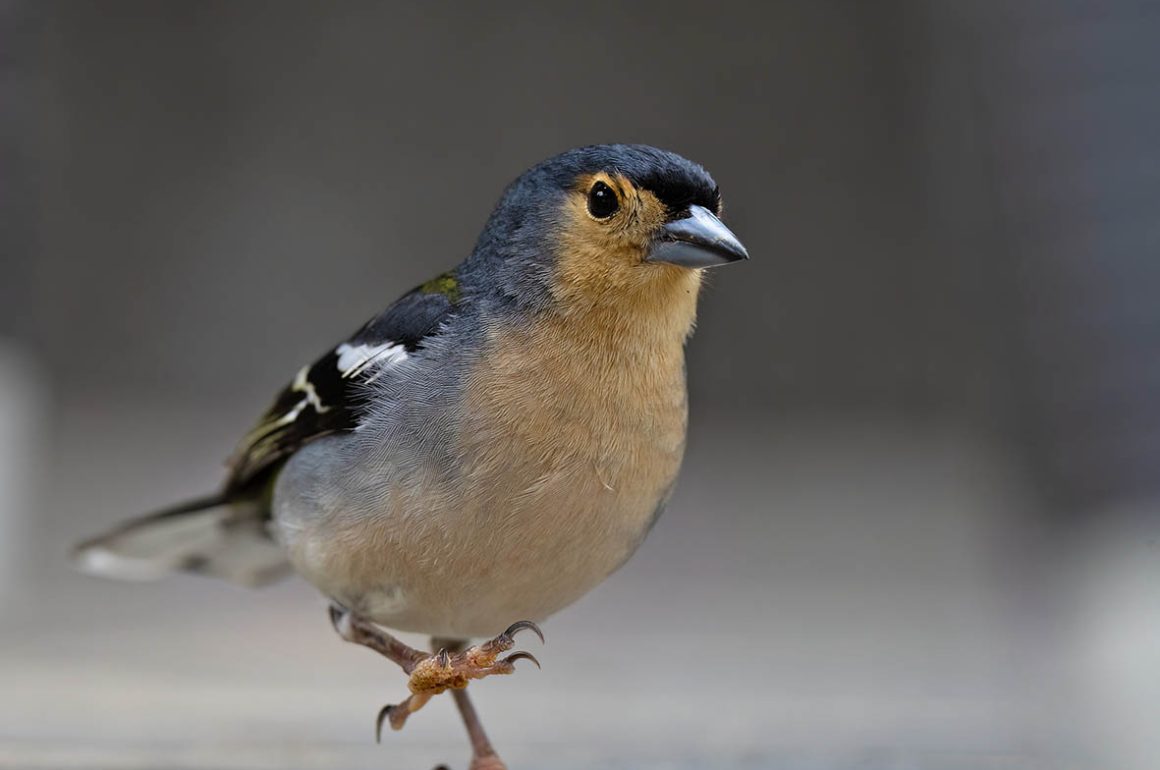
As I write these lines, I am excited and preparing for the start of a Calpe Conference here in Gibraltar. We have been organizing these events annually since 1997 and the conference, which starts on Thursday 4th July, carries the title that I have chosen for this article. “Islands in the Sun” is about Macaronesia, the collective term used to define the Atlantic Islands of the Azores, Madeira, the Canaries and Cape Verde.
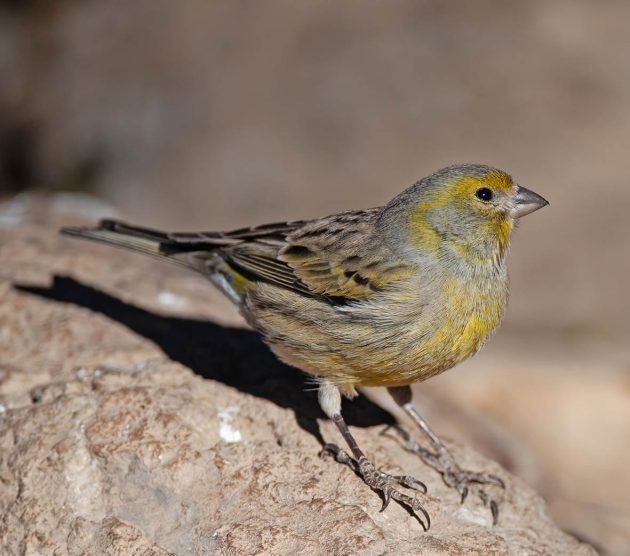
I have been fascinated by these islands for a long time and I have been lucky enough to have visited a number of them. For many birders, these islands are places to visit for rarities, especially the Azores. My main interest lies in the endemic species and subspecies, trying to understand why some species got there and others didn’t. More to the point, why did some that got there survive and others not?
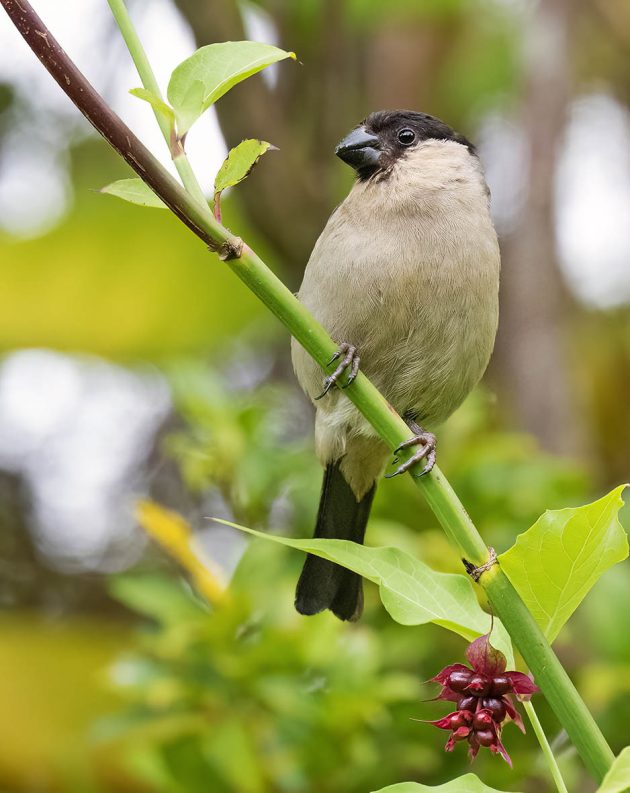
Looking at the Azores, we find that almost half the birds turning up in these mid-Atlantic islands are Nearctic. When we look at the breeding birds, they are all Palaearctic, either mainland species or endemics that evolved from mainland species. This immediately suggests that something about the conditions of these islands makes them suitable for Palaearctic birds but for those from the Americas.
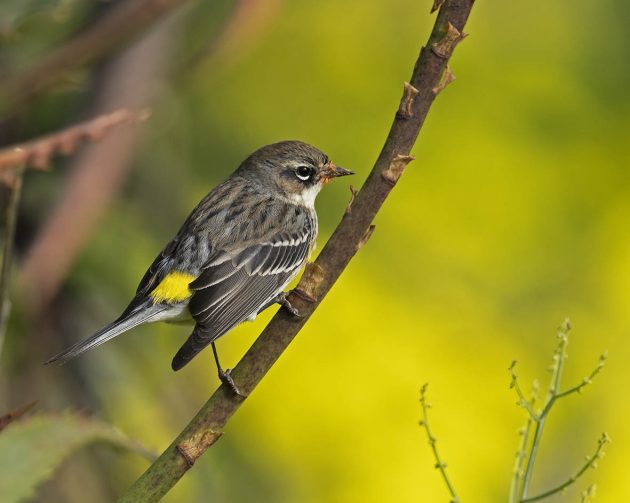
I often hear comments that the birds that reached the Macaronesian islands were trans-Saharan migrants that got drifted off course and settled there. Had this been the case we would expect the breeding birds of these islands to be dominated by trans-Saharan migrants. When we look at it closely, we find that this is not the case. In fact, the breeding birds are overwhelmingly dominated by pre-Saharan migrants. That is, species that migrate down western Europe in autumn but rarely cross the Sahara Desert. They stay in south-west Europe and north-west Africa. Some may have populations that do cross the desert but these are small in comparison to those that don’t cross.
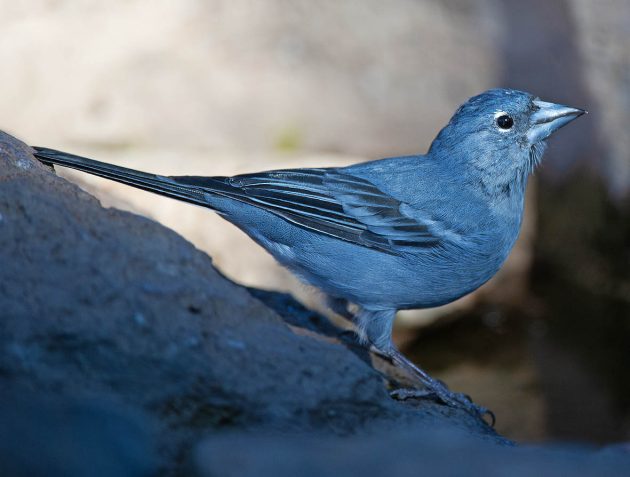
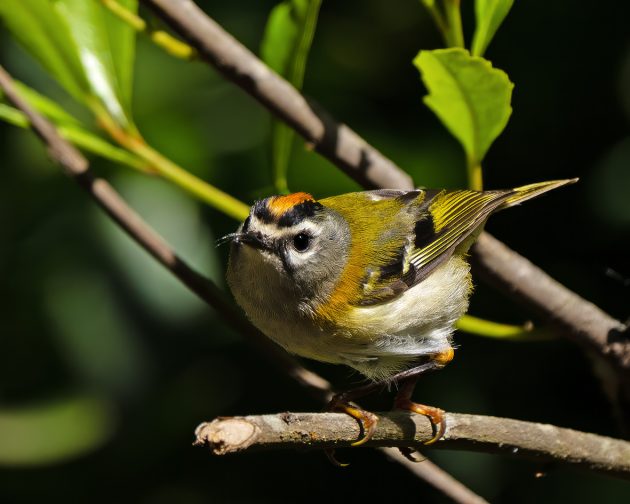
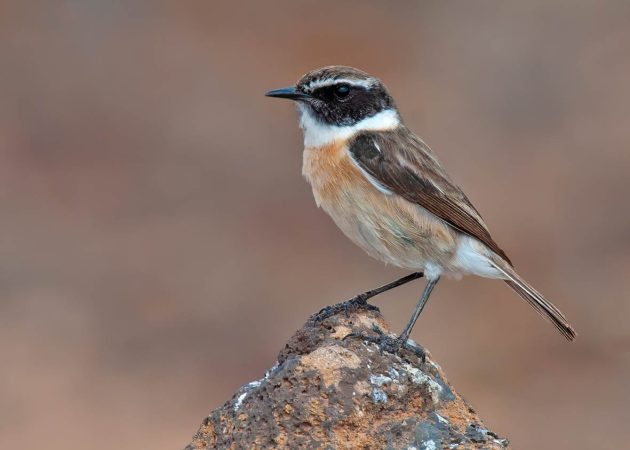
This suggests to me that ability to reach the islands is only part of the story. It’s more about staying power. When we look at Azores, Madeira and the wooded western Canaries, we find that it has been the woodland birds and those that occupy a broad range of climates on the continent that dominate. This tells me that they are the ones that best coped with life in a new world, and they made it. If we look at the arid eastern Canary Islands of Lanzarote and Fuerteventura, we also find a strong component of desert and semi-arid species from the mainland. Only on Cape Verde do we find a component of Afro-tropical breeding birds. On the eastern Canaries they are Palaearctic species.
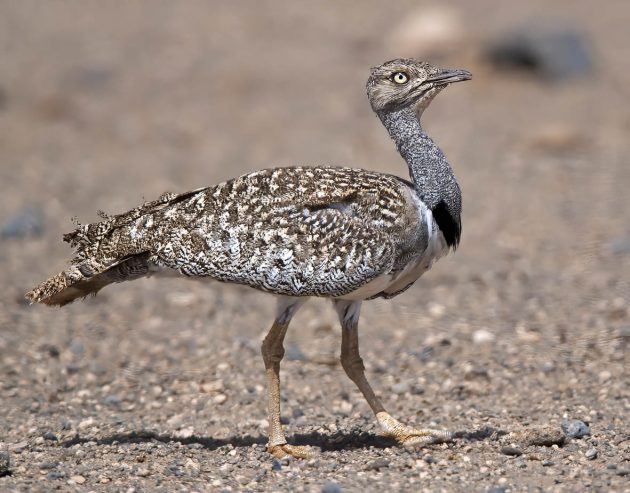
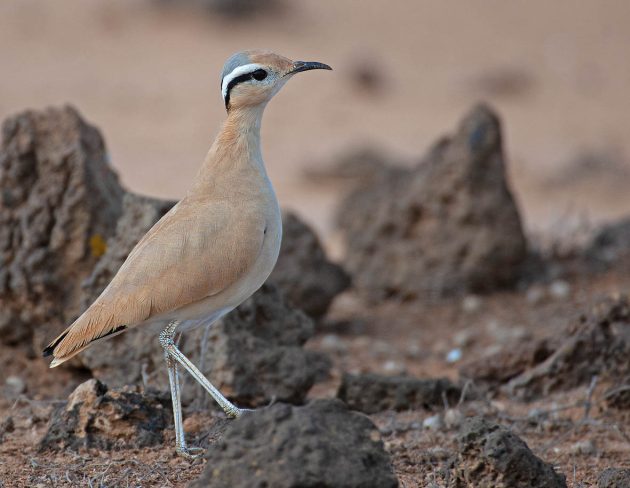
All this tells me that we should be careful about assumptions and making sweeping statements about bird distribution. The idea that the most highly migratory birds passing close to the islands were the colonisers may sound intuitively correct but it is actually wholly wrong!
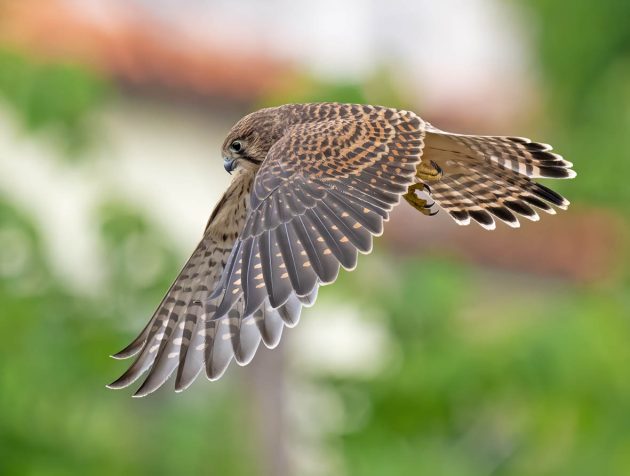











So many wonderful birds that I have never heard of …
Fascinating and thought provoking. Great photographs, too.
To add to the mystery: the birds on the southern Atlantic islands have a lot of Neospiza species. Nearctic!
I had not thought about why there have been no Nearctic colonists in Macaronesia, not even on the Azores. It occurs to me that in prior ice ages the Green Sahara would presumably been a home to a large potential source population of many species for the Canary Islands, with only a comparatively short sea gap to the eastern Canaries to cross. Perhaps by the time Nearctic migrants arrive all available ecological niches are taken?
I think it may have to do with some basic ecological requirements that satisfy Palearctic and not Nearctic birds
Thanks David